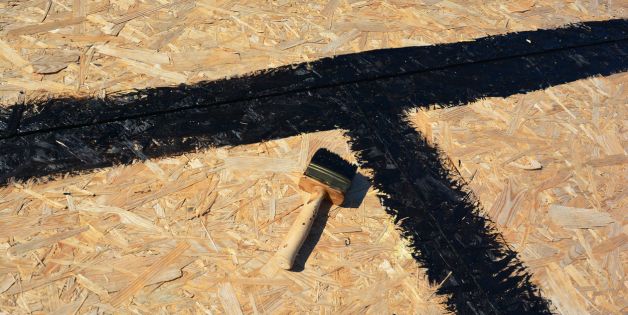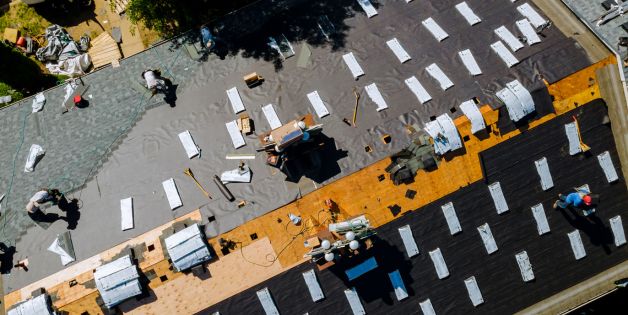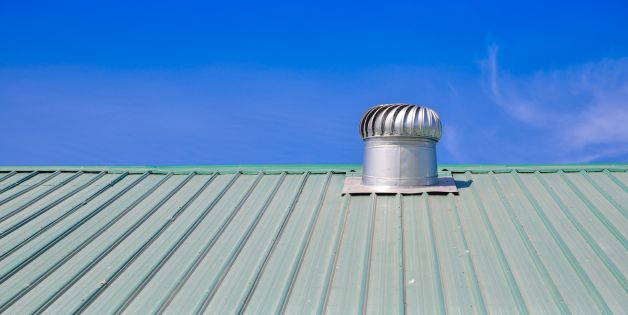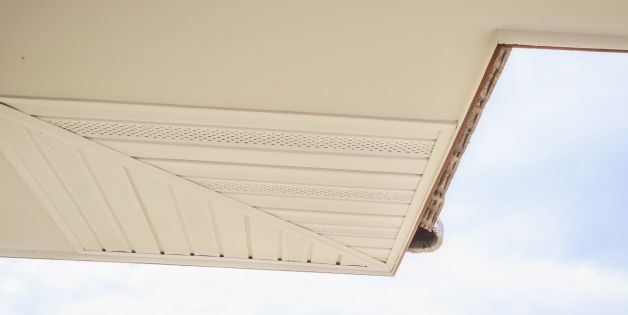
Your roof is more than just shingles; it's a complex system designed to protect your home from the elements. Understanding the key components that work together to form a watertight barrier is crucial for homeowners. Let's deconstruct the overhead shield and explore the fundamental components of your roof.
Roof Deck
The roof deck is the structural foundation of your roof. It is typically made of plywood or oriented strand board (OSB) and provides the base for other roofing materials. It's function is to support the weight of the roofing materials and it provides a flat, stable surface for installation.

"Underlayment is a Protective Layer"
Installed directly on top of the roof deck, underlayment is a protective layer that acts as a secondary barrier against water infiltration. It is typically made of asphalt-saturated felt, synthetic materials, or rubberized asphalt. Underlayment provides an additional layer of waterproofing beneath the visible roofing materials, protecting against leaks and moisture.

Roofing Materials
This layer includes the visible components of your roof, such as shingles, metal panels, tiles, or other roofing materials. The choice of roofing material depends on factors like aesthetics, durability, and climate. Whatever the material, it acts as the first line of defense against weather elements, diverting rain, snow, and sunlight away from the underlying layers.
Flashing Prevents Water from Seeping
Flashing is typically made of metal (aluminum or galvanized steel) and is installed in vulnerable areas such as valleys, chimneys, and roof penetrations. It helps direct water away from potential entry points. It also prevents water from seeping into areas where the roof is most susceptible to leaks, enhancing the overall waterproofing of the roof.
Ventilation Systems
Roof vents, ridge vents, and soffit vents contribute to the ventilation system of your roof. Proper ventilation helps regulate temperature and moisture, preventing issues like heat buildup and mold growth. A ventilation system promotes air circulation within the attic space, preventing condensation and extending the life of roofing materials.

Gutters and Downspouts are Essential
Gutters are troughs along the roof edge, while downspouts are vertical pipes that carry rainwater from the gutters to the ground. Both are crucial for directing water away from the foundation. Gutters and downspouts are essential because they help collect and channel rainwater safely away from the roof and foundation, preventing water damage and erosion.
Eaves and Fascia
The eaves are the overhanging edges of the roof, while the fascia is the vertical board along the eaves. Soffits are located underneath the eaves and can provide ventilation. They work together to protect the roof structure, provide a finished look, and, in the case of soffits, contributes to attic ventilation.

Understanding the components of your roof empowers you to make informed decisions about maintenance, repairs, and upgrades. New Heights Roofing provide regular inspections and timely repairs to ensure that each element of your roof works harmoniously, safeguarding your home from the challenges of the ever-changing weather.